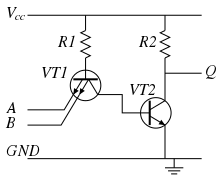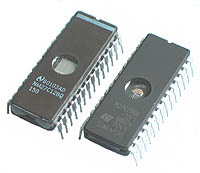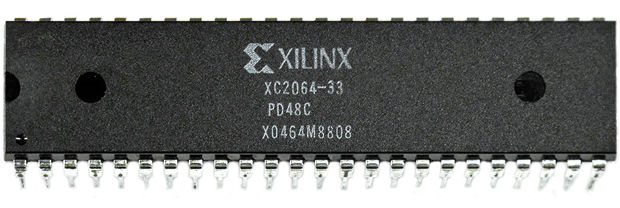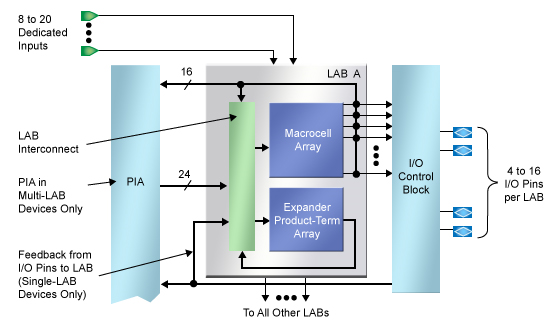This website uses cookies so that we can provide you with the best user experience possible. Cookie information is stored in your browser and performs functions such as recognising you when you return to our website and helping our team to understand which sections of the website you find most interesting and useful.
History and Milestones of the FPGA
09/09/2018, hardwarebee
This article covers the history and key development roadmap the lead into developing of the FPGA technology — starting from the initial inspection of the MOSFET transistor. It was a long journey of innovations and patents since 1957 that have made it possible to create the first FPGA.
Year 1957
Wen Tsing Chow invented what is known as Programmable Read-Only Memory (PROM), that was also called the storage matrix – it was invented for the Atlas E/F ICBM airborne digital computer. The idea was patented by him in December 27th, 1957
Year 1959
MOSFET transistor was invented in 1959 by Dawon Kahng and John Atalla. They filed their patent for technology in 1960, and their patent was granted on August 27th, 1963. The figure below shows first MOSFET transistor.
Year 1961
James Buie invented the Transitor-Transisor-Logic (TTL) in 1961. He filed a patent and it was granted on August 27th, 1963. The figure below shows the idea behind TTL.

The figure above implements the logical equation of two input NAND gate using transistors.
Year 1970
On June 15th, 1970, Dov Frohman filed a patent for what would become known as the Erasable Programmable Read-Only Memory (EPROM). Frohman proposed a way in which the charges and the gate of a transistor could be removed from the transistor with expose to X-ray or UV light, giving the transistor an “eraseabilty” function.

Year 1977
On February 22nd, 1977, Eliyahou Harari filed a patent for what would become known as the Electrically Erasable Programmable Read-Only Memory (EEPROM). The device that was invented was the non-volatile memory that has electrical erasing capability.
Year 1977
On May 23rd, 1977, John Birkner and Hua-Thye Chua filed a patent for a new technology called a Programmable Array Logic Circuit. The Programmable Array Logic (PAL) was composed of an array of inputs into OR gates and AND gates. The outputs to the AND gates were set into OR gates.
Year 1981
On November 13th, 1981, Fujio Masuoka and Hisakazu Lizuka filed a patent and titled it semiconductor memory device and methods for manufacturing the same which was granted on July 23rd, 1985. This patent identified improvements that were made on the already existing EEPROM with the introduction of what became referred to as Flash memory.
Year 1985
XC2064 is the first FPGA that introduced in 1985 by Xilinx. The FPGA is made up of Look Up Tables (LUT) which are made of SRA that are attached through interconnects which are then programmable by the user and was a revolutionary step in allow engineers to reprogram logic chip in the field. Xilinx is still a strong player in the FPGA market today.

Year 1988
The big step from PAL technology came from Altera. In the mid 80’s Altera came up with a new device, referred to as Complex Programmable Logic Device (CPLD). Altera’s first CPLD were the MAX5000 device which were introduced in the year 1988. The CPLDs is composed of PAL-type blocks with connections between them.
Of course, in retrospective, all the technologies mentioned above were the true enabler of the CPLD technology. Below is a general block diagram of a CPLD chip.

Get started today with FPGA design services, the richest directory of FPGA design services worldwide.










